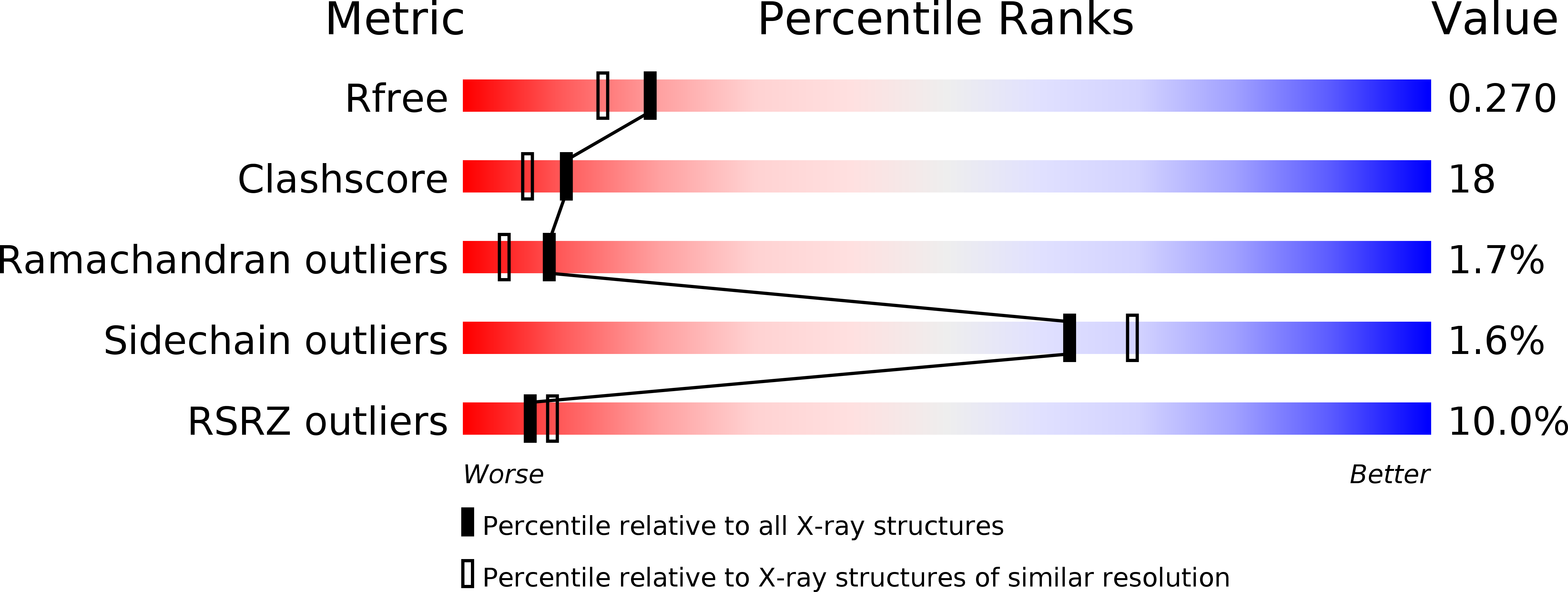
Deposition Date
2004-08-24
Release Date
2004-10-26
Last Version Date
2024-11-20
Entry Detail
PDB ID:
1X9Z
Keywords:
Title:
Crystal structure of the MutL C-terminal domain
Biological Source:
Source Organism:
Escherichia coli (Taxon ID: 562)
Host Organism:
Method Details:
Experimental Method:
Resolution:
2.10 Å
R-Value Free:
0.27
R-Value Work:
0.23
R-Value Observed:
0.23
Space Group:
P 43 2 2


